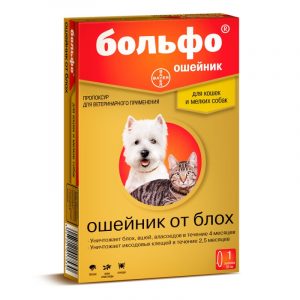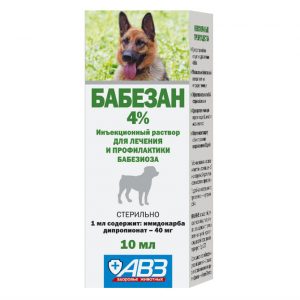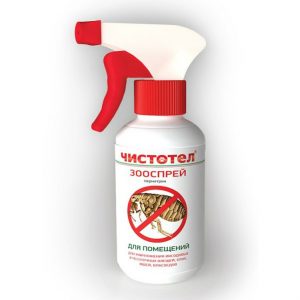Description
Pharmacological action
The combination of praziquantel and pyrantel pamoate, which are part of the drug, provides a wide range of its anthelmintic effects on round and ribbon helminths, parasitizing in the gastrointestinal tract in dogs and cats, including Toxocara saris, Toxis mars leonina, Uncinaria stenocephala, Trichuris vulpis, Ancylostoma caninum, Echinococcus granulosus, Alveococus multilocularis, Mesocestoides lineatus, Dipylidium caninum, Diphyllobotrium latum, Multiceps multiceps.
Pyrantel pamoate is a compound of the pyrimidine group that is active against sexually and immature nematodes its mechanism of action is based on the blockade of transmission of nerve impulses in the neuromuscular synapses by depolarization of muscle cell membranes, which causes paralysis of the muscular system of nematodes, the pyrantel is poorly absorbed, which ensures prolonged the effect on helminths in the intestine is excreted from the body mainly unchanged (93%) with feces.
Praziquantel is a compound of the pyrazinisoquinoline group, which is active against sexually mature and immature cestodes its mechanism of action is based on the induction of tegument breakdown and inhibition of fumarate reductase, persistent depolarization of the helminth muscle cells, impaired energy metabolism, which causes paralysis and death of cestodes and contributes to their removal from the gastrointestinal tract. Praziquantel is rapidly absorbed in the gastrointestinal tract, reaching a maximum concentration in blood plasma after 1 – 3 hours, distributed in the organs and tissues of the animal, binds to serum blood proteins (70 – 80%), is partially metabolized in the liver, is re-secreted into the intestines, excreted from body mainly with urine (up to 80%) within 24 hours.
Glistogon suspension, according to its degree of exposure to the body, belongs to “low-hazard substances” (hazard class 4 according to GOST 12.1.007-76) in the recommended doses it does not have immunotoxic, embryotoxic and teratogenic effects. Well tolerated by dogs and cats of different breeds and ages.
Indications
Glistogon suspension is prescribed for adult cats and small breed dogs, as well as puppies and kittens from 3 weeks of age for therapeutic and prophylactic purposes in case of intestinal forms of nematodoses (toxocariasis, toxascaridosis, uncinariosis, hookworm, trichocephalosis), cestodoses (teniidoses, dipylidiosis and echinococcosis, diphyllozoodiosis, associative idiopathy).
Contraindications
Contraindication to use is the increased individual sensitivity of the animal to the components of the drug, including a history of it. The drug should not be used for exhausted, sick with infectious diseases and recovering animals, as well as puppies and kittens younger than 3 weeks of age.
Deworming of pregnant and lactating females, if necessary, is carried out under the supervision of a veterinarian 3 weeks before the expected birth and 2-3 weeks after the birth.
Composition
Glistogon suspension in 1 ml contains pyrantel pamoate – 50 mg and praziquantel – 10 mg as active ingredients, as well as excipients: sorbic acid – 10 mg, bentonite – 10 mg, xanthan gum – 0.3 mg, syrup creamy – 465 mg and distilled water – up to 1 ml.
Dosage and administration
The drug is administered orally individually, in the morning, with a small amount of feed, or injected forcefully onto the root of the tongue using a dosing syringe in a dose of 1 ml per 2 kg of animal weight.
For therapeutic purposes, deworming of animals is carried out according to indications. With a strong degree of invasion, treatment is recommended to be repeated after 10 to 14 days.
For prophylactic purposes, deworming of animals is carried out once every 3 months at a therapeutic dose, and also before each vaccination for 10-14 days.
Shake the vial carefully before each use.
Dosage form
suspension oral




